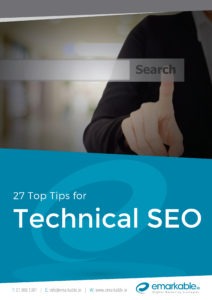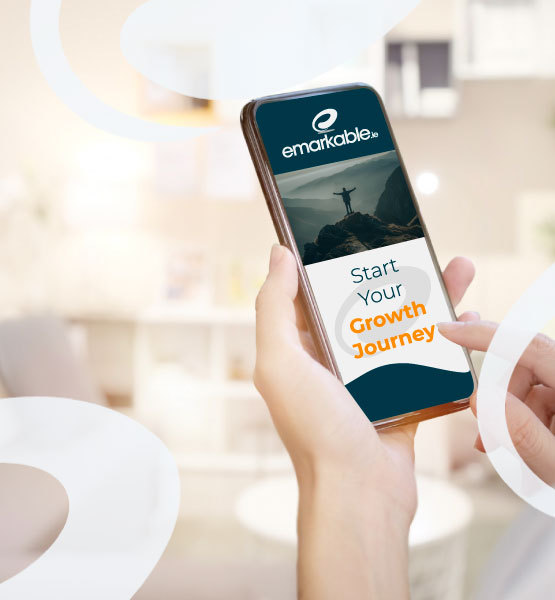How to Build Buyer Personas
Your digital marketing strategy must be designed to get your products or services in front of your target audience. However, if you’re not entirely sure who makes up that audience, you’re essentially flying blind here. It goes deeper than understand that your product appeals to new mums, or that your service is usually purchased by senior-aged homeowners, though.
Every audience is comprised of different segments – groups that differ from one another in key ways. You must be able to reach each of those groups and do so without taking a blanket, one-size-fits-all approach. The answer? Buyer personas.
What’s a Buyer Persona?
Buyer personas are nothing more than mock-ups that depict key segments of your audience. For instance, you might have Homemaker Henrietta, Office Manager Mike, and Retiree Rita. These are all representations of different audience segments, with their own unique needs and requirements, but who are also interested in what you have to offer. Other than that interest, they have very little in common, which means that using the same marketing collateral to reach all three segments is a mistake.
So, in a nutshell, a buyer persona is nothing more than a fictional representation of a segment of your core audience, given a personality.
How Are Buyer Personas Used?
Buyer personas are used in much the same way as an archery target. They give you something to shoot at, except that the arrow here is your marketing message. Each persona is a different target, and you need to use a different arrow to hit strike each one. Ultimately, the goal here is to use the persona and its characteristics, wants, needs, and expectations, to inform the marketing message you deliver to that audience segment. You’d send a different message to Office Manager Mike than to Retiree Rita, for instance.
How Do You Build Buyer Personas?
Understanding what buyer personas are is only the first step. The more difficult next step is to create them in the first place. To do this, you’ll need to do some legwork. Follow these steps:
Know Your Audience: To build buyer personas, you must learn who is buying from you. Who are they? Where are they located? What’s their education? Their marital status? Their interests? The touchpoints along their buyer journey? Gather as much information about your audience as possible and then begin segmenting them. Each segment will eventually get its persona, allowing you to market directly to them.
Know Their Challenges: While you might only sell a single product or service, your customers come to you for different reasons. Know their pain points and challenges. What problem are they trying to solve? Why does that matter for each audience segment?
Learn Their Goals: What is it that each audience segment is trying to achieve with your product or service? It might be directly related, or it could be more distantly related. For instance, property management services might give someone more free time to focus on doing something other than being a landlord.
Know Your Position: Next, you need to define exactly how your brand can help each audience segment achieve their goals and solve their problems.
Transform It: Now it’s time to take all the information we learned in the previous four steps and turn those segments into personas. Sort information by common characteristics. Each persona will need a name and an occupation. Flesh them out as much as possible and then create your marketing content with those personas in mind.
In the end, buyer personas allow you to personalise your marketing efforts, improve your reach, and enhance the impact you make while building your brand. It’s a vital step in achieving success. If you’re unsure how to go about doing this, our expert team can help.





